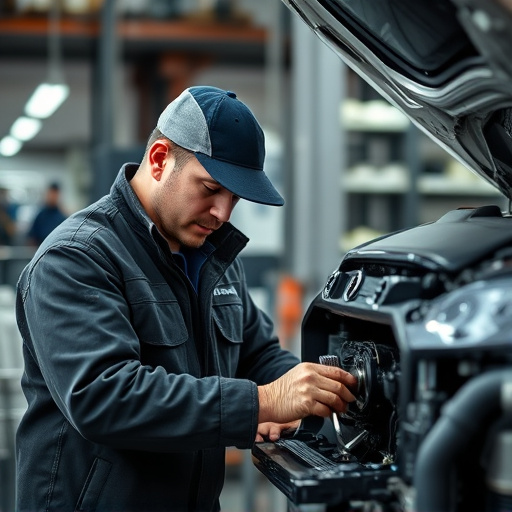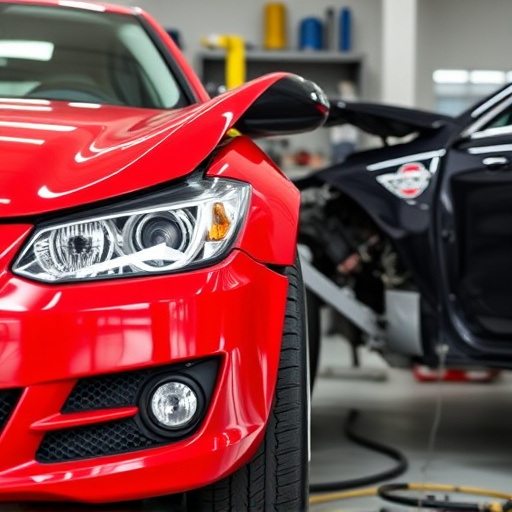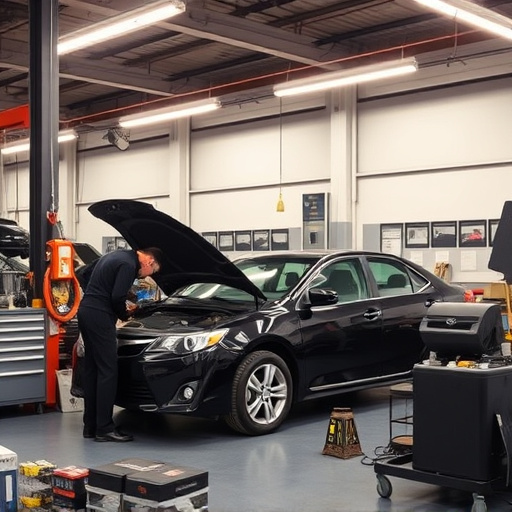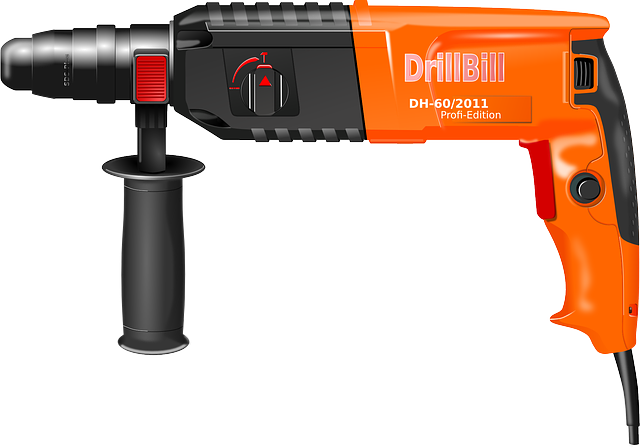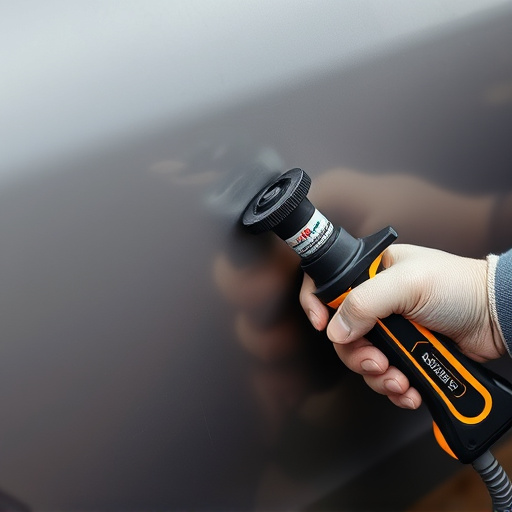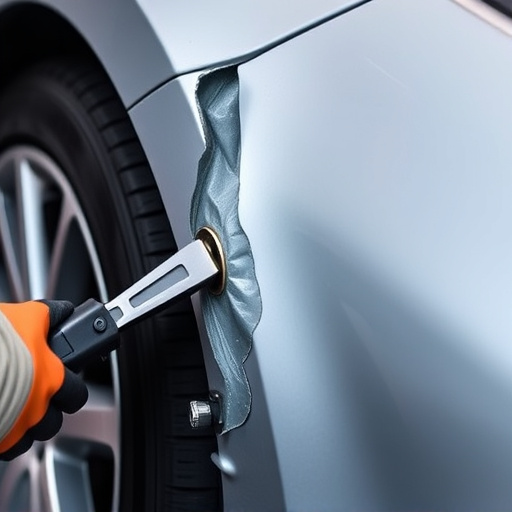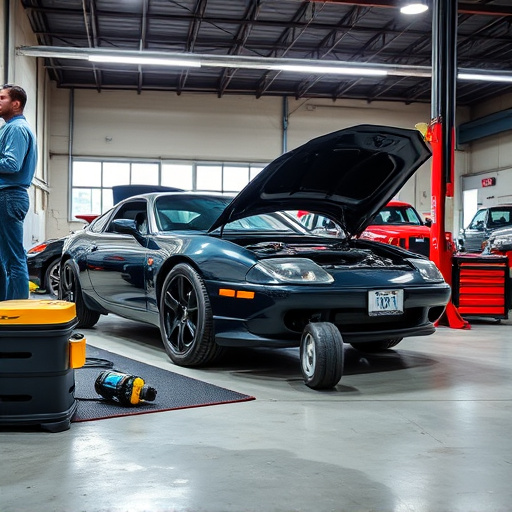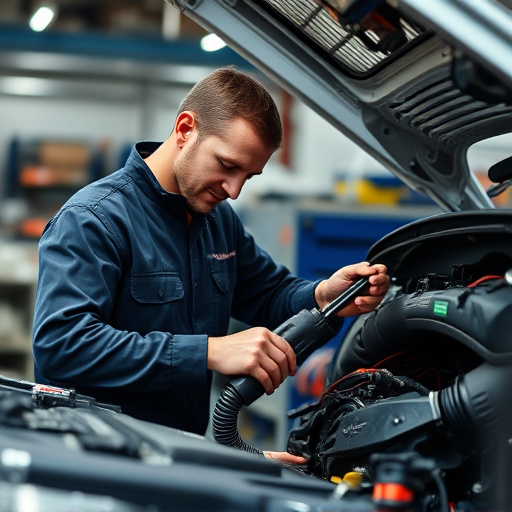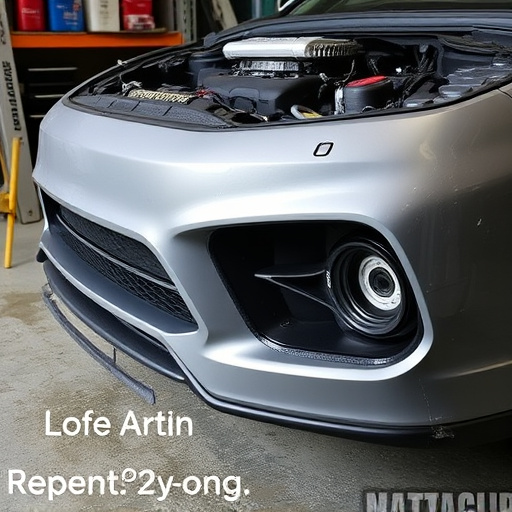After a storm, understanding how collision repair shops assess and estimate costs for storm damage collision repair is crucial for car owners. Technicians inspect vehicles for visible and hidden damage, evaluating parts based on complexity, rarity, and market availability to provide accurate estimates. This meticulous process includes assessing minor dents to severe structural issues, using advanced tools like CAD software and digital imaging. Shops leverage historical data analysis, industry benchmarks, and market trends to predict costs, ensuring transparency and high-quality repairs while adhering to budget constraints.
In the aftermath of a storm, accurate estimation of collision repair costs is crucial for both shops and customers. This article delves into the intricate process of assessing and estimating storm damage on vehicles, providing valuable insights for collision repair businesses. We explore how professionals navigate the challenges posed by varying weather conditions and vehicle types to determine repairs needed. By understanding the steps involved in cost estimation, you’ll gain a clearer picture of post-storm repair expenses and ensure fair practices in storm damage collision repair.
- Understanding Storm Damage Assessment for Vehicles
- The Process of Cost Estimation in Collision Repair
- Strategies to Accurately Forecast Post-Storm Repair Expenses
Understanding Storm Damage Assessment for Vehicles
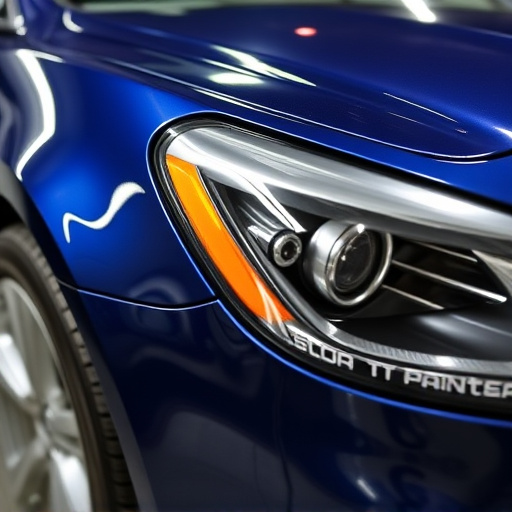
When a storm strikes, vehicles often bear the brunt of its fury, leading to extensive damage that requires professional attention. Understanding how shops assess and estimate costs for storm damage collision repair is crucial for car owners navigating this process. After a severe weather event, many drivers find themselves confronting the reality of damaged cars, from shattered windows to crumpled roofs and bent frames.
Shops employ skilled technicians who meticulously inspect every inch of the vehicle, documenting the extent of the storm-related damage. This involves assessing not just visible injuries but also hidden ones behind panels and components. The process includes identifying issues like fender repair, dent removal, and other car bodywork services needed to restore the vehicle to its pre-storm condition. Each damaged part is carefully evaluated based on its complexity, rarity, and market availability, ensuring accurate cost estimates for repairs.
The Process of Cost Estimation in Collision Repair

The process of cost estimation in storm damage collision repair involves a meticulous evaluation of the vehicle’s needs, with each component requiring careful consideration. It starts with an assessment of the extent of the damage, which can range from minor dents and scratches to more severe structural issues. Auto maintenance experts inspect every detail, examining the vehicle body repair requirements, including panel replacement, weld repairs, or even a complete car paint repair in severe cases. They also factor in labor costs, considering the specialized skills needed for each stage of the restoration process.
This estimation is not just about monetary value; it’s an art that balances precision with efficiency. Techniques like computer-aided design (CAD) software and digital imaging play a crucial role in providing accurate quotes. By utilizing these tools, storm damage collision repair shops can produce detailed reports, outlining the specific auto maintenance tasks required and their corresponding costs. This ensures transparency for customers and enables workshops to deliver high-quality vehicle body repair services while adhering to budget constraints.
Strategies to Accurately Forecast Post-Storm Repair Expenses

To accurately forecast post-storm repair expenses for storm damage collision repair, shops employ strategic approaches that account for various factors. First, they assess the scope of damage using detailed inspection protocols, noting not just visible impacts but also potential hidden issues like structural integrity compromise or internal component damage. This comprehensive evaluation ensures all necessary repairs are accounted for, from auto body repair to tire services and auto glass repair.
Shops then leverage historical data and industry benchmarks to predict cost trends. By analyzing past storm events and their corresponding repair costs, they can anticipate the resources and materials needed. Additionally, staying updated on market fluctuations in parts and labor rates helps in setting precise budgets. This proactive approach allows for better resource allocation and more accurate billing, ensuring customers are charged fairly for the required storm damage collision repair services.
After assessing the extent of storm damage, accurately estimating costs for collision repair is crucial for both businesses and customers. By understanding the process, utilizing efficient strategies, and staying updated with industry standards, shops can provide transparent pricing for post-storm repairs. This ensures a seamless experience for clients facing the challenge of storm damage to their vehicles, fostering trust in their collision repair services.

